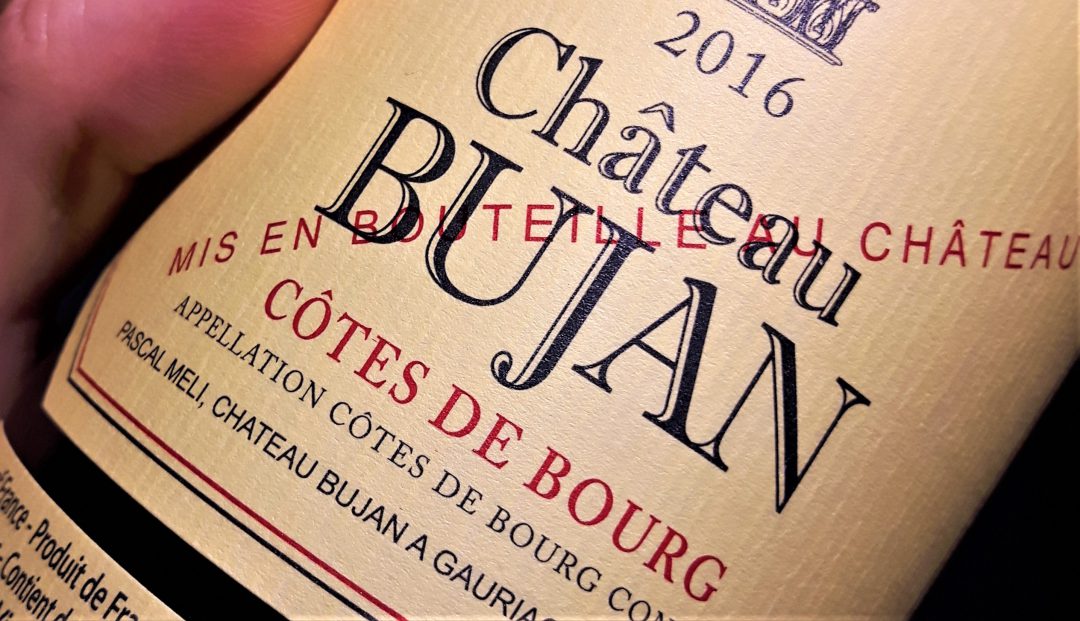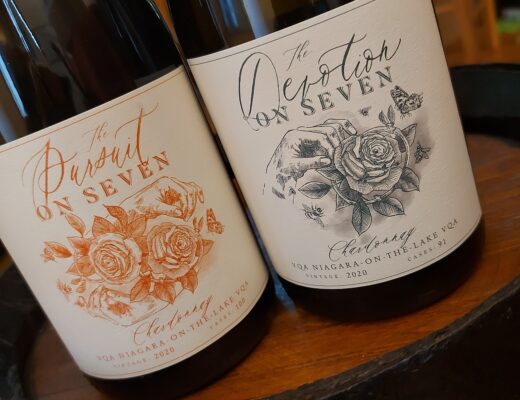AFFORDABLE FINE WINE ALTERNATIVES
Many of the world’s classic wine regions have longstanding quality hierarchies, with the best wines – the Grand Crus, the Riservas, the Gran Reservas, the Grosse Lages – at the top of the pyramid. These wines have always been rare and expensive, necessitating long cellaring and much debate on when and with whom to serve them.
In recent years however, fine wine prices seem to have run rampant, with increases significantly outpacing inflation as explained in the recent Wine Searcher article: The Inexorable Rise of Wine Prices. Gone are the days where a middle income earner could occasionally splurge on a couple of cases of Bordeaux futures or cru Burgundy.
…fine wine prices seem to have run rampant, with increases significantly outpacing inflation.
The situation may seem bleak for cash strapped wine lovers, but all hope is not lost…
In general terms, quality – at all price levels – has soared over the past thirty years. Large-scale uprooting of unsuitable vineyard areas, and replanting of more qualitative rootstocks and grape varieties in mass production areas like the Languedoc-Roussillon has resulted in vastly superior entry to mid-tier wines.
Modern vinification techniques, marked improvements in winery hygiene, and the requirement of most appellations, regional bodies, and/ or retail buyers that wines pass stringent laboratory analyses and quality approval tastings, are also important contributing factors.
Many fine wine producers have also stepped up their game in terms of the quality of their “lesser wines”. By this, I mean their second wines, or regional to village tier wines. On a recent trip to Burgundy I was surprised to see how many estates vinify their more humble vineyards in almost exactly the same manner as their top terroirs – the same well trained harvest teams handpicking into small crates to avoid damaging the grapes, the same carefully monitored fermentation techniques, the same high quality maturation vessels. Only the duration of barrel ageing varied.
In an age where average wine consumers are having to trade down, wine producers will increasingly be judged on their lower tier offerings.
This scenario is not unique to Burgundy. In numerous recent tastings of prestigious estates from Piedmont, Tuscany, Rioja, Rhône, Bordeaux and the like, I was regularly struck by how good the more modest wines in the line-ups were. And this makes sense. In an age where average wine consumers are having to trade down, to more affordable, fine wine alternatives, estates will increasingly be judged on their lower tier offerings.
Granted, these wines won’t necessarily impress the more label conscience wine aficionados in your life. And they rarely possess the level of intensity, complexity, or ageability as their more illustrious counterparts. However, crafted by the right producers, in good vintage years, they can still provide a highly satisfying drinking experience.
Vineyard areas long dismissed as inferior are increasingly finding their champions.
Another phenomenon has also taken hold. Vineyard areas long dismissed as inferior are increasingly finding their champions. Quality-minded wine producers are moving in and proving that, on certain well-exposed plots, with careful vineyard management, lower yielding, often older vines can produce grand wines, far exceeding the reputation of their origin. As these wines and winemakers gain in stature, prices are creeping upwards, but there is still some affordable fine wine alternatives to be had. Areas like the Roussillon in France, or the Swartland in South Africa come to mind.
Curious to test out my theory? Check out these affordable fine wine alternatives from a handful of excellent wine estates:
Renato Ratti Ochetti Langhe Nebbiolo 2016, Piedmont, Italy – 91pts. PW
The Langhe designation covers a large area south of Alba, in Piedmont, and encompasses the famous enclaves of Barolo and Barbaresco. The vineyards for Barolo master Renato Ratti’s Langhe Nebbiolo “Ochetti” cuvée are situated approximately 240 metres above the Tanaro river, with an ideal, southwestern exposure. This is quite a silky style of Nebbiolo, with wonderfully fragrant cranberry, floral, and truffle aromas. It is medium in body, with vibrant acidity, and juicy red fruit flavours nicely balanced by lingering earthy nuances.
Where to buy: SAQ, 25.65$
Château Saint Cosme Côtes du Rhône red 2018, Rhône Valley, France – 90pts. PW
Generic Côtes du Rhône AOC reds are often fairly simple, fruity, every day wines. Not so here. This gem from revered Gigondas estate, Château Saint Cosme, punches well above its weight. Ripe, dark cherry, blueberry and black plum notes mingle with hints of garrigue and exotic spice. The palate is pleasingly fresh, with a bold structure and firm tannins. Cellar for 1 – 2 years or decant a couple of hours before serving.
Where to buy: SAQ, 19.70$
Château Bujan Côtes de Bourg 2016, Bordeaux, France – 94pts. PW
The Côtes de Bourg is one of Bordeaux’s lesser known appellations, on the right bank of the Gironde Estuary, roughly 40km north west of famed right bank vineyards Pomerol and St. Emilion. I picked this wine up on a whim, knowing nothing about the estate, simply trusting in the often excellent wine selections of the Rézin wine agency. What a find! A blend of 65% Merlot and 35% Cabernet Franc, with an incredibly inviting and surprisingly complex nose (given the price) featuring black plum, cassis, and licorice. Hints of violets, tobacco leaf and cocoa develop with aeration. The palate is velvety smooth, and medium in body, with excellent depth of flavour mirroring the aromatics. Finishes fresh, with moderately firm, polished tannins. Ready to drink.
Where to buy: SAQ, 22.10$
Raul Perez Ultreia Bierzo 2017, Castile and León, Spain – 92pts. PW
The mountainous region of Bierzo in Northwest Spain was little known internationally until Priorat star producer Alvaro Palacios invested in the area, paving the way for outstanding local producers like Raúl Pérez Pereira to gain international attention. All the wines in Perez’s range have impressed me; notably this lower premium priced Ultreia cuvée with its lovely floral notes, ripe black fruit flavours and savoury undertones. It is fresh, medium bodied and quite suave on the palate, with subtly grainy tannins. Drink now, lightly chilled.
Where to buy: SAQ, 29.60$
Casanova di Neri Rosso di Montalcino 2016, Tuscany, Italy – 91pts. PW
The term “baby Brunello” was coined to describe the DOC Rosso di Montalcino, as these wines hail from the same region and grape (Sangiovese) as the mighty Brunello di Montalcino. Rosso di Montalcino wines are aged a minimum of 1 year before bottling vs. 5 years for Brunello, with no oak maturation required. Top Brunello estate Casanova di Neri makes quite a serious style of Rosso di Montalcino, especially from the elegant 2016 vintage. The nose is redolent with red cherry, wild berries, licorice and cloves, with earthy undertones. The palate is dry, with bright acidity, lovely depth of fruit and fine, chalky tannins. Decant several hours before serving.
Where to buy: SAQ, 30.25$
Joseph Faiveley Bourgogne Pinot Noir 2017, Burgundy, France – 89pts. PW
A light, very pretty Burgundian Pinot Noir with pure, ripe strawberry and cherry notes, and underlying herbal, briary hints. Brisk, silky smooth and juicy fruited on the palate, this is not a massively complex wine but, served nicely chilled, is a very satisfying Pinot Noir. A recent tasting of the Joseph Faiveley Gevrey Chambertin 2015 reminded me what fantastic quality and value there is to be had from this first-rate Burgundian négociant.
Where to buy: SAQ, 25.25$





No Comments